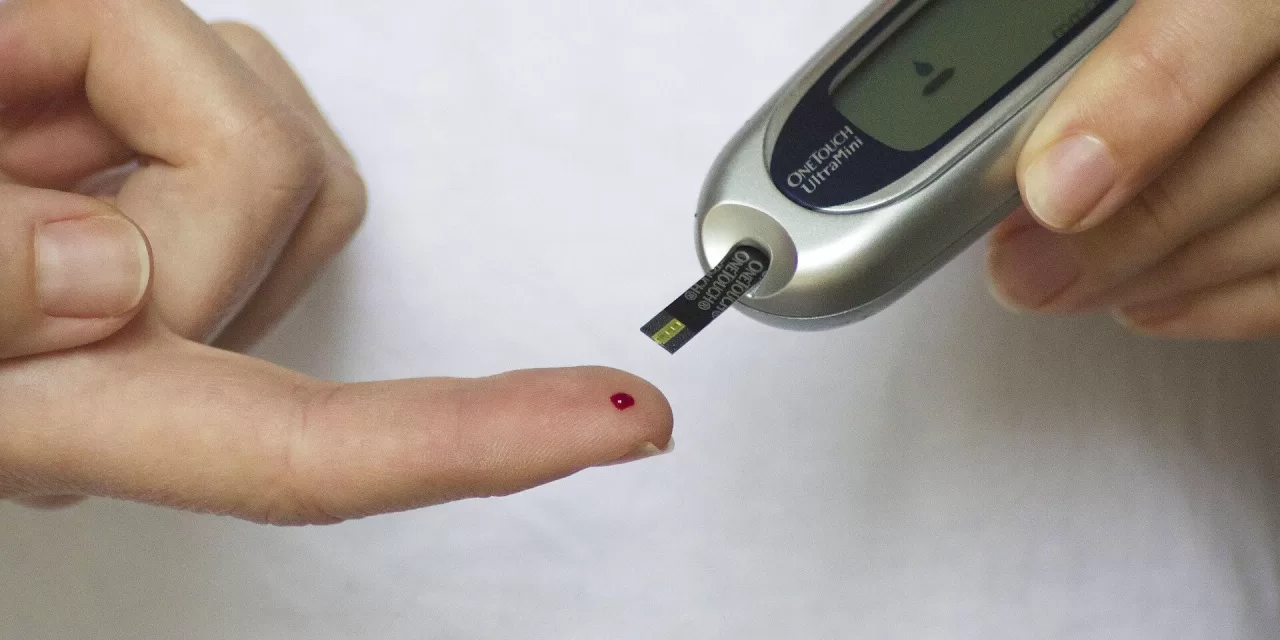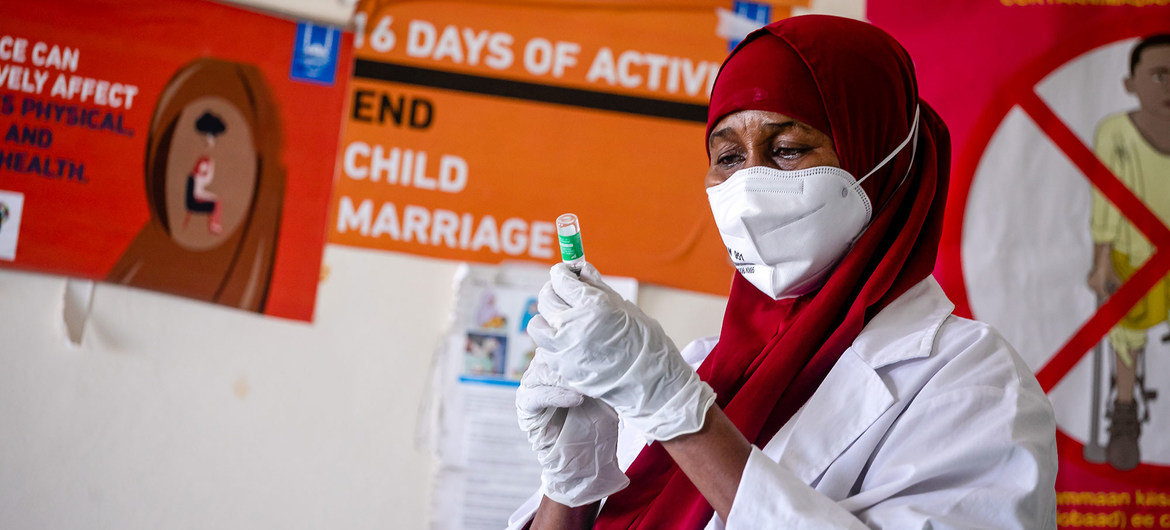Jammu, October 21, 2024: A recent Indian Council of Medical Research (ICMR)-led study has unveiled an alarming health crisis in Jammu, with 18.9% of the population diagnosed with diabetes and 10.8% at the pre-diabetes stage. The study, conducted in collaboration with the Madras Diabetes Research Foundation (MDRF), underscores the escalating burden of non-communicable diseases (NCDs) in the region.
The findings highlight a concerning disparity between urban and rural areas. In Jammu’s urban regions, the prevalence of diabetes reaches a staggering 26.5%, while rural areas report a lower but still significant rate of 14.5%. Pre-diabetes levels also remain high, indicating a growing population at risk of developing the disease.
The study is part of the larger ICMR-India Diabetes (ICMR-INDIAB) national survey, a groundbreaking research initiative providing the first representative data on diabetes and related metabolic disorders, including hypertension, dyslipidemia, and obesity, across India’s states and union territories. Jammu and Kashmir, along with Ladakh, were included in the comprehensive study.
Union Minister of State (Independent Charge) for Science and Technology, Dr. Jitendra Singh, emphasized the importance of the study’s findings. “The data obtained through the ICMR-INDIAB study in Jammu will help estimate the health burden due to diabetes, prediabetes, and metabolic NCDs, and shift the focus to prevention and control,” Dr. Singh said.
The national study revealed that India is home to 101 million people with diabetes, along with 136 million pre-diabetic individuals. With such startling figures, the urgency of tackling the diabetes epidemic has never been greater.
A National Crisis
The ICMR-INDIAB study, led by Dr. V. Mohan, National Coordinator and Principal Investigator, is one of the largest epidemiological studies on diabetes worldwide, with a total of 1,21,077 participants screened across 28 states, Delhi, and 7 Union Territories. The study, launched in 2008, has gathered crucial data on NCDs, providing a robust foundation for public health interventions.
Dr. Mohan remarked on the changing epidemiology of diabetes in India. “The diabetes epidemic has now spread to rural areas, and this study has already resulted in several excellent publications, with many more to follow,” he said.
In Jammu, the prevalence of other NCDs, such as hypertension and obesity, further complicates the public health landscape. Dr. Rajiv Kumar Gupta from Government Medical College, Jammu, revealed that 27.1% of the region’s population suffers from hypertension, while generalized obesity affects 41.7%, and abdominal obesity a staggering 62.7%.
The Road Ahead
As Jammu grapples with this health crisis, the ICMR study provides crucial insights that can inform the region’s public health strategies. The findings call for immediate action, particularly in urban areas where diabetes and obesity rates are highest. Enhanced screening programs, public awareness campaigns, and lifestyle interventions aimed at controlling NCDs could help alleviate the region’s growing disease burden.
With India already battling a rising tide of NCDs, studies like ICMR-INDIAB are essential for guiding public health policy and ensuring that timely, evidence-based interventions can be implemented. The challenge now lies in translating this data into effective action plans that address both prevention and treatment of diabetes and related metabolic conditions in regions like Jammu.
Key Findings in Jammu Region:
- Diabetes Prevalence: 18.9% overall; 26.5% in urban areas, 14.5% in rural areas
- Pre-diabetes Prevalence: 10.8%
- Hypertension Prevalence: 27.1%
- Generalized Obesity Prevalence: 41.7%
- Abdominal Obesity Prevalence: 62.7%
The ICMR-INDIAB study has set the stage for an urgent public health response, with Jammu emerging as a critical area for diabetes prevention and management efforts.











